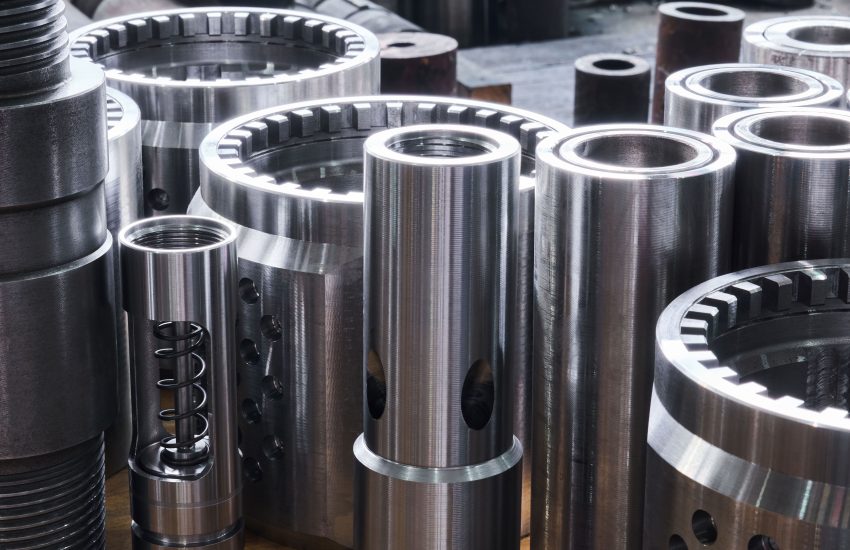Stainless steel (SS) is prized for its durability, corrosion resistance, and sleek appearance, making it a material of choice across industries—ranging from architecture and automotive to kitchenware and medical devices. However, achieving the desired finish on stainless steel is no simple task. Polishing SS involves refining its surface to enhance both aesthetics and functionality. This process, while seemingly straightforward, comes with a set of technical and operational challenges.
Approaches to Stainless Steel Polishing
Polishing stainless steel typically involves mechanical, chemical, or electrochemical techniques, often used in combination.
- Mechanical Polishing: This is the most common method, using abrasive belts, wheels, or pads with grit ranging from coarse to ultra-fine. It removes surface imperfections and gradually brings the material to a mirror or satin finish. Skilled labor and careful grit progression are key.
- Electropolishing: A highly effective finishing method, electropolishing involves immersing the SS part in an electrolyte bath and applying an electric current. This smooths the surface at a microscopic level, improving corrosion resistance and making the part easier to clean.
- Chemical Polishing: Often used on small or intricate parts, chemical polishing involves dipping the SS in a chemical solution that dissolves surface irregularities. It’s quick but requires tight control to prevent uneven etching.
- Buffing: A final step in many polishing jobs, buffing uses soft cloth wheels and polishing compounds to impart a high-gloss finish.
Challenges in SS Polishing
Despite the advanced methods available, polishing stainless steel presents multiple challenges:
- Surface Uniformity: Achieving a consistent finish, especially on large or complex geometries, is difficult. Over-polishing in one area can lead to warping or loss of dimensional accuracy.
- Heat Generation: Mechanical polishing generates heat, which can cause discoloration or even degrade the corrosion resistance of SS if not carefully managed.
- Contamination: Cross-contamination from tools previously used on carbon steel can embed iron particles on the SS surface, leading to rusting.
- Cost and Time: High-grade finishes require multiple stages and quality checks, driving up costs and labor time.
- Environmental and Safety Concerns: Chemical and electrochemical methods involve hazardous substances that require careful handling and disposal.
Conclusion
Stainless Steel polishing is both an art and a science. Achieving a high-quality finish demands not just the right tools and techniques, but also a deep understanding of stainless steel’s material properties. When done right, it not only enhances appearance but also extends the life and performance of the product.



